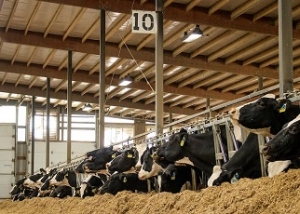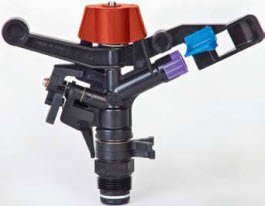News
Will Dairy Producers Fill the $7 Billion Processing Gap?

With more than $7 billion in planned processing investments, growth is indeed on the horizon. The big-ticket question is whether today’s producers can help fill the milk production need. Dykes said that U.S. dairy producers are the most efficient in the world and can produce twice as much milk today with half as many cows as we were 60 years ago.
“Our farmers want to grow; our processors want to grow. And if we aren't growing, if we aren't looking toward the future, we're going to get surpassed by others,” he said, sharing that he wholeheartedly believes U.S. producers will fill the upcoming processing needs.
Doubling Costs
Rick Naerebout, CEO of Idaho Dairymen’s Association Inc., doesn’t have the same level of enthusiasm as Dykes, outlining that producers are facing several pressure points operating their dairy business model, including the cost of money.
“This is the first time in almost two decades that producers are trying to restructure debt,” he says. “When it comes to weathering storms, land is always appreciated. So, they'd get into a pinch, and they would go out and take out more loans to clean up the short-term debt with 3% and 4% interest. You cannot do that today without doubling your costs.”
Cost aside, Phil Plourd, president of Ever.Ag Insights, says that generating extra milk supply won’t be as automatic as it was five or seven years ago.
“Many producers will have to adjust their strategies,” he says.
Heifer Inventory and Costs
Plourd shares that with beef on dairy generating a hefty check for dairy producers, the turnaround to generate more milk isn’t as quick and immediate as it once was. Also, impending quick growth is the fact our heifer inventory is the lowest it’s been in decades. This spell increased costs in the market for surplus heifers and fresh cows.
Jake Bettencourt, the manager of TLAY Dairy Video Sales, says the days of low heifer replacement costs may be a thing of the past, at least for the time being. Bettencourt reported six loads of Jersey fresh heifers sold for $2,700 and additional pot loads from California sold for $2,300 to $2,400 in November.
According to Plourd, milk production will continue to increase in the mid-section of the country, more so in the upper portion, where they aren’t challenged with water scarcity.
Evan Grong, sales manager for Valley Queen, says they anticipate growth in South Dakota’s I-29 corridor will be much slower in 2024 as there are no plans for additional capacity.
“However, due to our expansion project, Valley Queen expects approximately 25,000 additional cows will be added in 2025 and 2026,” he says.
According to the January 2024 USDA Milk Production Report, the number of milk cows on farms in the 24 major States was 8.90 million head, 17,000 head less than December 2022, but unchanged from November 2023. Following suit, milk production in the 24 major States during December totaled 18.1 billion lbs., down 0.1 % from December 2022. November revised production, at 17.3 billion lbs., was down 0.6 percent from November 2022.






















